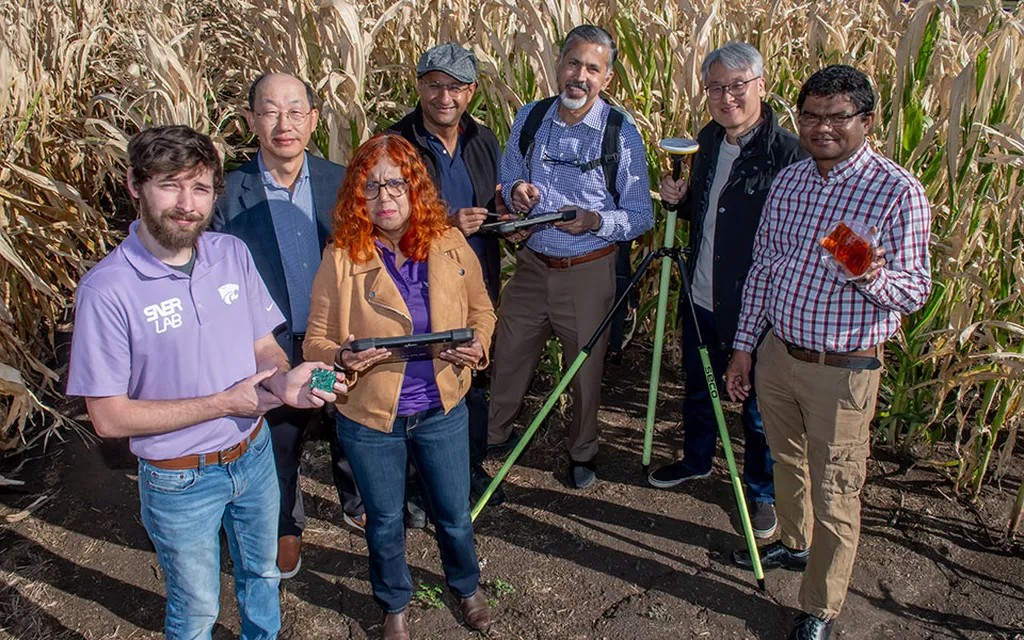In the heart of Kansas, a groundbreaking study is turning the soil beneath our feet into a treasure trove of data, promising to revolutionize precision agriculture and, by extension, the energy sector’s reliance on sustainable crops. Shaghayegh Janbazialamdari, a researcher from the Department of Biological and Agricultural Engineering at Kansas State University, has been delving into the intricate world of soil compaction, armed with nothing but a cultivator shank, a soil moisture sensor, and a machine learning algorithm.
The study, published in the journal *Agriculture* (translated from the Latin as “Farming”), explores a tantalizing question: Can we measure soil compaction during regular field operations using tillage tools? The answer, it seems, is a resounding yes. Janbazialamdari and her team collected vibration data from a cultivator shank using the AVDAQ system, while soil moisture was measured using a Hydrosense II soil–water sensor. The test field, a patchwork of *Reading silt loam* and *Eudora–Bismarck Grove silt loams*, provided the perfect canvas for this data-driven masterpiece.
The researchers then fed this data into machine learning models, with XGBoost and Random Forest emerging as the top performers. “Both models demonstrated strong predictive performance,” Janbazialamdari explained, “with Random Forest achieving a slightly higher correlation of 93.8% compared to 93.7% for XGBoost.” Statistical analysis confirmed that there was no significant difference between predicted and measured values, validating the accuracy and reliability of both models.
So, what does this mean for the future of agriculture and the energy sector? For starters, it paves the way for in situ soil sensing, allowing farmers to monitor soil compaction in real-time during tillage operations. This could lead to reduced tillage intensity, minimizing soil disturbance and preserving the soil’s natural structure. “This technology could help farmers optimize their tillage practices, reducing fuel consumption and greenhouse gas emissions,” Janbazialamdari suggested, hinting at the broader implications for the energy sector.
Moreover, this data-driven approach to soil management could enhance crop productivity and resilience, ensuring a steady supply of biomass for energy production. As the world grapples with the challenges of climate change and energy security, this research offers a glimmer of hope, a testament to the power of precision agriculture and machine learning.
In the words of Janbazialamdari, “This is just the beginning. The potential applications of this technology are vast, and we’re excited to explore them further.” As we stand on the precipice of an agricultural revolution, one thing is clear: the future of farming is data-driven, and the soil beneath our feet is more valuable than we ever imagined.

